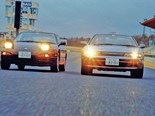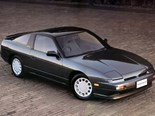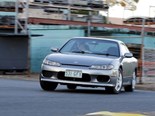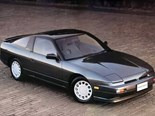Nissan 180-200SX/Silvia coupe 1988-2002 - Buyer's Guide
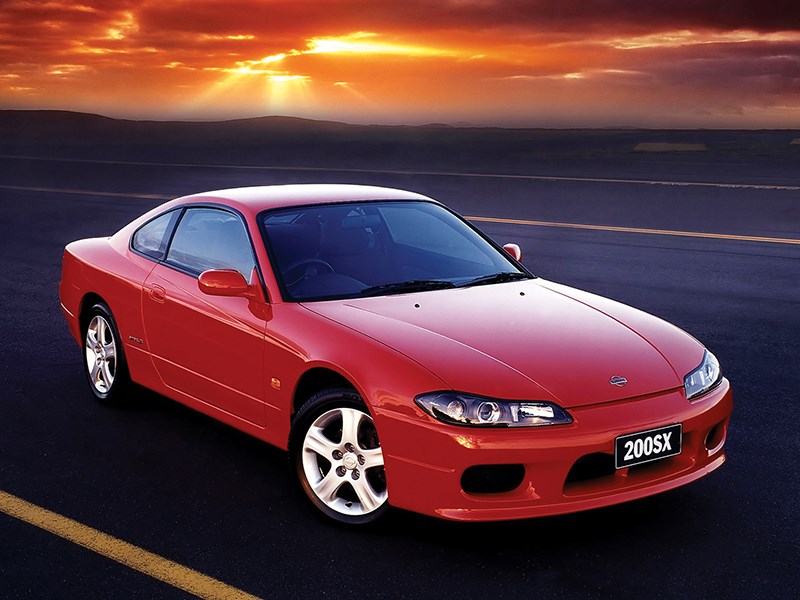


|
One of Nissan's longest serving nameplates was festooned to one of its sportiest offerings
Delve back into Japanese automotive history and you discover that Silvia – along with Bluebird, Fairlady and Cedric – was among Nissan’s longest-serving name plates. Production began in 1964 with the 1.6-litre CSP311 and continued until the last-ever Silvia (unless reports of a planned electric version are correct) was made in 2002.
S13 models were first seen in 1988 and accounted for two thirds of S13-15 production. Some would come here as low volume ‘grey’ imports, but 1995 brought the first official Nissan Australia deliveries of the 200SX.
These were some of the last Silvia-derived cars and available only to Australia, New Zealand and the Japanese domestic market. By the time S15 versions of the 200SX arrived here, three trim levels were available with six-speed manual transmission standard and four-speed automatic available.
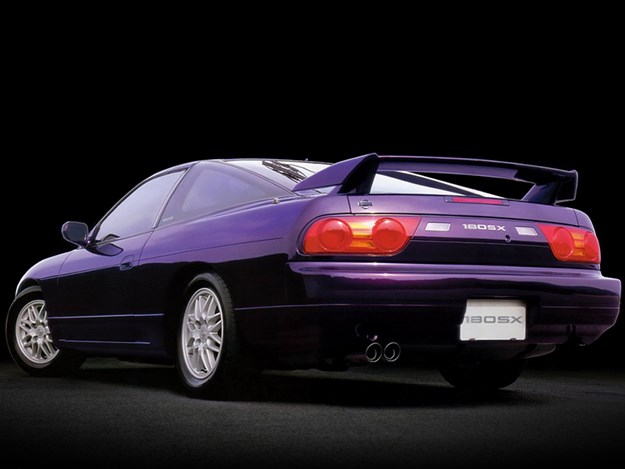
S13 Silvias came here with 1.8-litre turbo and non-turbo engines, supplemented by the turbo-only 180SX which began populating import car-lots during the early 1990s. Most obvious difference between the Silvia and 180SX was the latter’s hatchback body style but there were other differences that helped make the 180SX more valuable.
Most of the Silvias arriving in Australia as used imports were four-speed automatics, cheap and plentiful though Japanese auctions. Five-speed manual cars are available but attract a price premium and those that have survived their time in Australia remain expensive.
S14 Silvias and derivatives began using from 1991 the 2.0-litre SR20 engine, with double overhead camshafts, fuel injection and optional turbocharger. This engine, as delivered locally in 200SX form, delivered 147kW of power at 6400rpm.
| 2021 Market Review: Nissan 180SX/200SX/Silvia

Spec S versions of the 200SX sold new in Australia for $39,990, with automatic Spec Rs at a $45,990. To those was added a short-lived GT version that came with standard leather trim and was available only for a few months during 2002.
S15s had a new Helical Limited Slip differential replacing the S14’s Viscous LSD. It was quieter and said to deliver better grip in tricky conditions such as ice or mud.
Specification levels in late-series 200SXs were impressive, with air-conditioning, ABS brakes, dual airbags, a CD player and the usual power-operated gizmos all part of the basic package. Spec R versions added a CD stacker, power sunroof, body-kit and rear spoiler.
The money being asked for S14 and S15 models soared during 2019, then the events of 2020 helped sustain demand. Three years later, a local or privately imported S15 in excellent condition will cost $30-40,000 and hunting down low-kilometre cars is worthwhile.
Backing strong local prices is an international market for older Nissans which recognises the significance of Silvia derivatives and will help ensure ongoing gains.
Value range: Nissan (200SX S15 1995-99)
Fair: $15,000
Good: $30,000
Excellent: $42,000
(Note: exceptional cars will demand more)

BUYER'S CHECKLIST
Body & chassis
Crash damage is an issue with performance cars and these quick Nissans aren’t immune. If the panels don’t align properly, look for kinks or recent repainting to the chassis rails and signs that the suspension strut towers have been replaced. Check the boot floor where rust can develop due to water slipping under a poorly fitted seal. The doors are large and will drop with age and frequent use. Stone damaged headlamps and fog lights are costly to replace. Paint on early cars will either be recent or faded and in either case not of marvellous quality. Look for deterioration of the clear-coat and poorly masked edges where the original colour shows through.
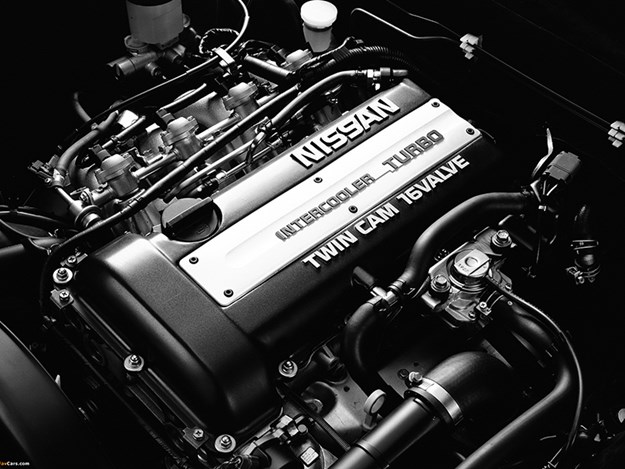
Engine & transmission
Engines in Silvias and derivatives are durable and with correct maintenance can exceed 250,000 kilometres before replacing the internals. Turbo cars with excessive boost or servicing neglected won’t achieve that longevity. Oil changes every 5000 kilometres or six months are recommended. A hint of exhaust smoke – blue for engine wear, white signifying a turbo leak – means find another car. Upper engine clatter is often due to failure of the Variable Cam Timing actuator. Listen for drive-line clunks and buzzing transmitted through the gear-lever. Clutch shudder in cars running big boost and sticky tyres is common but uprated clutch components are freely available. Prolonged upshifts from the auto are more serious and may need a recondition or ‘box swap to rectify.
Suspension & brakes
Standard brakes were marginal but by now they should have been replaced with thicker rotors and better pads. Uprated (Skyline) brake boosters are available at less than $300. Rear wheel camber needs to sit correctly to maximize cornering balance and delay tyre wear. Worn rear suspension bushes can cause mid-bend lurching. The front suspension is basic Nissan with front struts and coil springs and plenty of affordable upgrades are available. If the car doesn’t have a strut brace between the towers, consider fitting one for improved body rigidity and better handling. Steering rack repair kits cost less than $300 or you might prefer a new RHD rack from the USA at A$1700 plus freight.
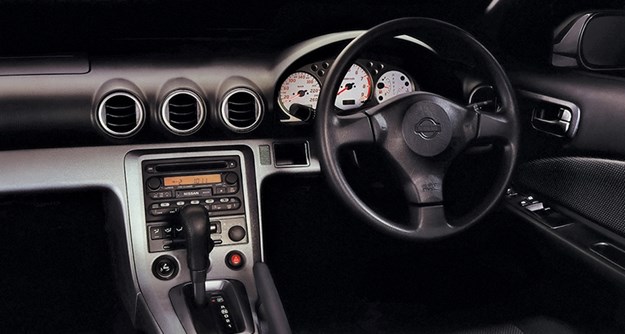
Interior & electrics
Seat bolsters wear and high-kilometre cars may need some retrimming. Ensure that the sunroof (where fitted) operates smoothly and shows no signs of water entry through damaged seals. Power windows and mirrors should move without making a noise or shuddering. New window hardware is available and not too expensive: regulators to fit S14-15s cost around $80 locally and a rare 180SX window motor was seen at $99. Check air-conditioner efficiency to ensure output is cold and not just cool. Imported cars suffer more seriously from interior deterioration than locally sold 200SX versions so look for dash cracking, warped consoles and column controls with discoloured plastics.
1988-2002 Nissan 180-200SX/Silvia coupe specs
NUMBER BUILT – 302,761 (S13) 81,076 (S14) 43,097 (S15 – 3879 sold in Australia)
BODY: All steel, integrated body/chassis two-door coupe
ENGINE: 1809cc or 1998cc in-line four cylinder with overhead camshafts and single turbo (optional)
POWER & TORQUE: 147kW/265Nm (S15)
PERFORMANCE: 0-100km/h – 7.0 sec 0-400 metres 14.1 sec (S15 Type R manual)
TRANSMISSION: 5-sp man, 6-sp man, 4-sp auto
SUSPENSION: Independent - struts, coil springs, anti-roll bar (f) Independent multi-link, coil springs, telescopic dampers, anti-roll bar (r)
BRAKES: Disc (f) disc (r), power assisted some with ABS
WHEELS & TYRES: 205/55/R16 radial (S15)
From Unqiue Cars #467, Jun/Jul 2022
Unique Cars magazine Value Guides
Sell your car for free right here
Get your monthly fix of news, reviews and stories on the greatest cars and minds in the automotive world.
Subscribe

.jpg)








